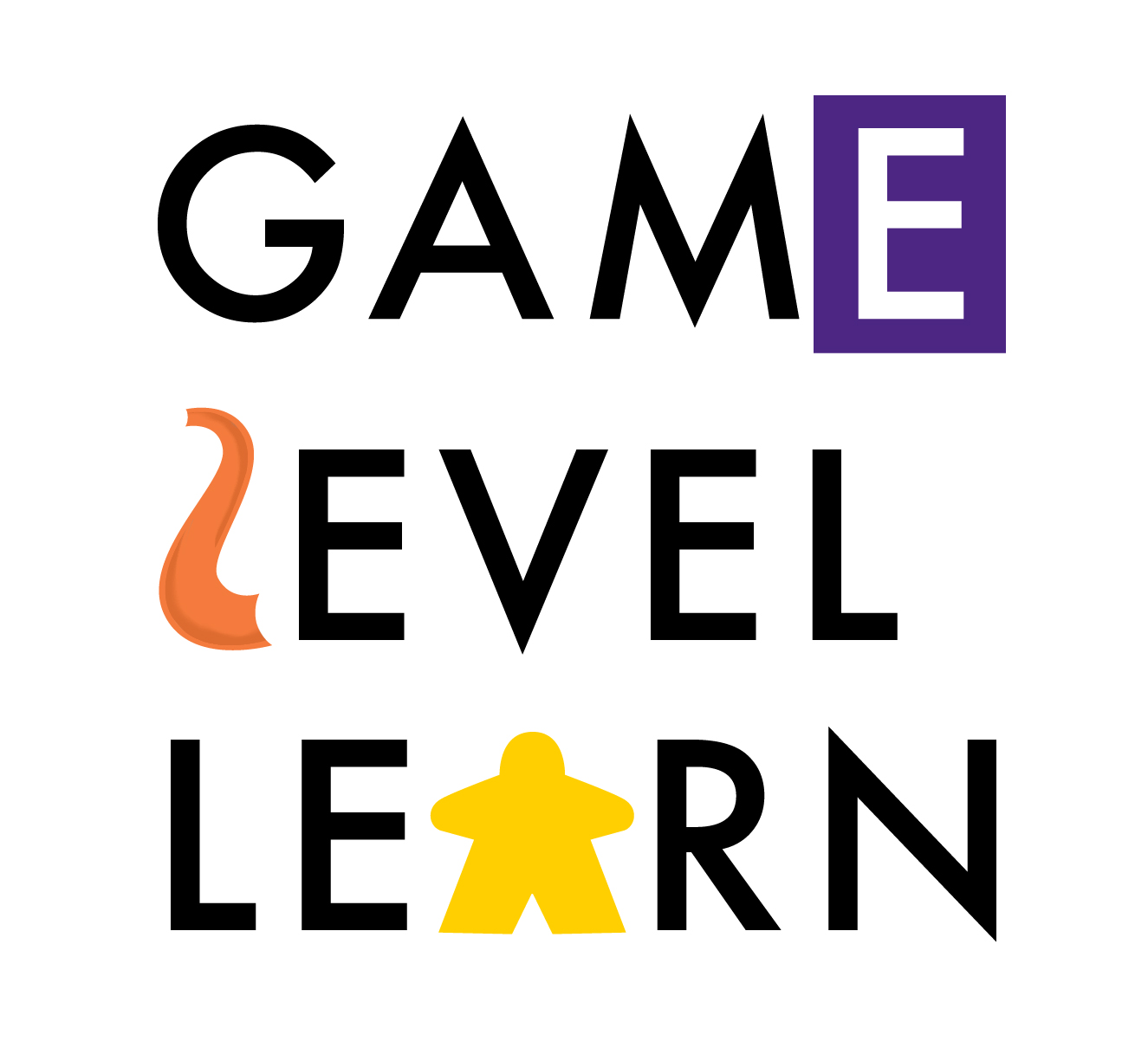Aaron Dignan. "Game Frame."
/Aaron Dignan speaking at an audience at USI. Click here to see this presentation (not about game-based learning)
In my journey as a game-based educator, I’ve encountered dozens and dozens of books that have shaped my thinking. In this series, I am going to share my short perspectives on the books that had the greatest influence on my thinking and why.
First up, the peerless Game Frame, from Aaron Dignan.
I can remember being on a train between Portland, Oregon and Seattle, Washington with this book as my constant company. It was so riveting, so lucid and so compelling in its argument that I dang near missed my stop in Seattle. It was that engrossing. Going forward, whenever I’m asked to recommend a book to start with (other than my own, natch), I turn people to this book.
His thesis is simple enough: “One day I looked up and suddenly everything had become a bit boring….We live in a world with many unsatisfying experiences. At the same time, games like the ones I played as a kid seem to have the power to captivate us and make us feel alive.” (xii-xiii) From there he argues for two hundred pages about why games can be transformative. He writes: “This book is my attempt to compartmentalize the relevant information about games and play in everyday life into one quick but actionable read. The truth is, we are born knowing how to play and how to invent games where none exist. I’m convinced that there is a role for games and play in reshaping the world around us.” (xiii)
Key takeaways:
Playing games is satisfying in and of itself.
Our education system is exhausted and needs to be fundamentally realigned.
“Most of the time when you’re hooked on a game what draws you in in an elemental form of desire: the desire to see the next thing.” (34)
Games give feedback in real-time and as a result, they force us to face the facts of our learning in ways that few other systems do. We have to master our reality and us that reality to build a flow state where we are always being appropriately challenged.
Eight themes about what motivates players are in tension with each other and they are:
Achievement of goals v. Enjoyment of experience
Structure and guidance v. Freedom to explore
Control of others v. Acceptance of others
Self-interest in actions v. Social-interest in actions.
The “Game Frame,” which you see below, provides ten notions (all elaborately described in the book) to create what he calls a behavioral game - “a real world activity modified by a system of skills-based play.” (81) I have used this frame to understand the construction of gamified learning ever since I read this book in 2011. Use it yourself and you will be able to create deeply meaningful experiences for learners of all ages.
I can’t overstate how important this book was to me. I hope you find it equally powerful.



